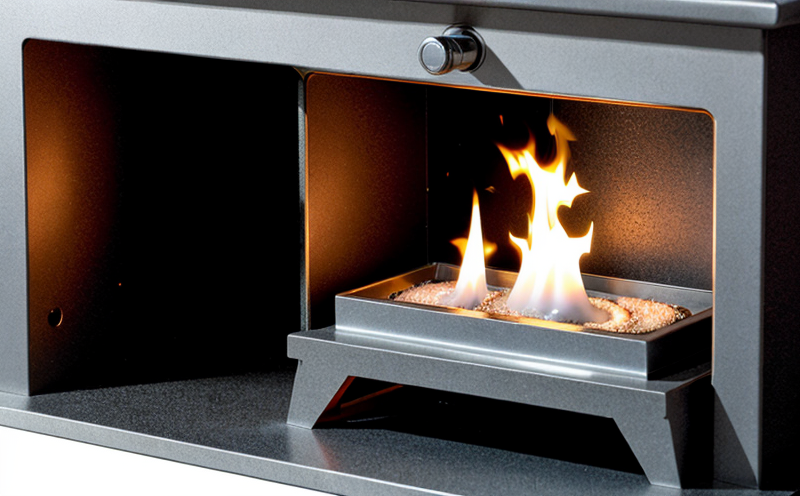Ignitability Testing of Wooden Panels
The ignitability testing of wooden panels is a critical process in ensuring fire safety and compliance with various international standards. This test evaluates the ability of a wooden panel to ignite and spread flames under controlled laboratory conditions, providing valuable insights into the material's resistance to ignition and flame propagation.
During this process, we use advanced equipment that simulates real-world scenarios to accurately measure how quickly and intensely a given sample ignites. This information is essential for manufacturers and designers who aim to develop safer building materials or furniture components. Understanding the ignitability characteristics helps in selecting appropriate finishes, additives, or structural modifications needed to enhance fire safety.
The testing procedure typically involves preparing samples according to specified dimensions and conditions outlined by relevant standards such as ASTM E84-19 or ISO 6702:2015. Specimens are then subjected to specific heat fluxes and ignition sources, which allow us to assess their flame spread behavior and smoke density.
The results from these tests provide important data points that can be used for several purposes:
- Evaluating compliance with fire safety regulations
- Improving product design to meet market demands and safety requirements
- Supporting R&D efforts aimed at developing new, safer materials
- Ensuring consistent quality across production batches
In summary, ignitability testing is an indispensable tool in the fire safety industry. It plays a vital role in protecting lives and property by identifying potentially hazardous materials early in the development stage.
Why It Matters
The importance of ignitability testing cannot be overstated, especially when dealing with materials like wooden panels. These materials can pose significant fire risks if not properly treated or designed. Proper ignitability testing ensures that products meet stringent safety standards and perform reliably under various environmental conditions.
For instance, in the construction sector, using poorly tested wooden panels could lead to catastrophic fires during renovation projects where flammable finishes are applied directly onto the wood. By conducting thorough ignitability tests, we can prevent such incidents by ensuring that only safe and reliable materials make it into final products.
Additionally, failing to conduct these tests could result in costly recalls or legal actions if non-compliant items reach consumers. Therefore, investing time and resources into proper testing is not just advisable but necessary for maintaining a strong reputation among clients and stakeholders.
Industry Applications
| Application Area | Description |
|---|---|
| Furniture Manufacturing | Evaluating ignitability of wood used in sofas, chairs, and other seating furniture. |
| Building Construction | Determining the safety of wooden structural components during fire emergencies. |
| Flooring Materials | Assessing ignitability properties of wood-based flooring options like laminate and engineered hardwood. |
| Cabinet Making | Evaluating cabinet doors and drawers made from various types of wood to ensure fire safety. |
| Interior Design | Testing wooden panels used in interior design projects for their potential to ignite quickly or spread flames rapidly. |
International Acceptance and Recognition
The ignitability testing of wooden panels is widely recognized across numerous international standards, which serve as benchmarks for ensuring consistent quality and safety. Some key standards include ASTM E84-19, ISO 6702:2015, and EN 338:2018.
ASTM E84 provides guidelines on how to measure flame spread ratings (FSR) and smoke obscuration (SO). This standard is particularly useful for assessing the performance of materials in commercial and residential settings. Similarly, ISO 6702 offers detailed procedures for conducting both horizontal and vertical flame tests, covering a wide range of test scenarios.
EN 338 focuses specifically on building products and their contribution to fire safety. It specifies the methods used to determine whether materials contribute to or reduce smoke production during fires. Compliance with these standards is crucial for manufacturers aiming to sell internationally while maintaining high levels of fire safety.
By adhering to these recognized international standards, laboratories ensure that their testing practices are consistent and reliable, thereby gaining credibility among industry professionals worldwide.





